Volvo Drive-E Modular Engines Lay Foundation For Future Hybrids
Beginning with the 2015 model year, Volvo’s S60, V60 and XC60 will come with the automaker’s new Drive-E Volvo Engine Architecture family of small three- and four-pot gasoline and diesel engines, laying the foundation for PHEVs down the road.
Autoblog Green reports the VEA engines now making their way into 2015 models include a turbo/super-four gasoline monster pumping 302 horsepower, a 240-horsepower turbo-four, and a twin-turbo-four diesel good for 178 horses. All three displace 2 liters under the bonnet, and are mated to a new eight-speed automatic transmission designed to Drive-E’s goal of enhancing fuel efficiency.
By MY 2017, Volvo will introduce an additional pair of 2-liter turbocharged gasoline engines and a trinity of 2-liter turbodiesels, all organized in two clusters of four split between performance and economy. The economical gasoline engines are expected to range between 148 and 186 horsepower, while the diesels will move 118 to 147 horses.
The VEA family came about in 2007 during Volvo’s time with Ford, where the automaker’s engineers used Ford engines to build upon their own ideas, only to realize a better way by making the business case for building their own engines so as to not disturb Ford’s manufacturing processes.
However, when the case was presented to CEO Alan Mullaly, Mullaly directed the Swedes to future owner Geely, as Ford was in the process of selling Volvo to the Chinese automaker at the time. The VEA project became a key part of the sale to Geely in 2010, receiving a huge push to the tune of $11 billion, shared with Volvo’s Scalable Product Architecture set to underpin future vehicles.
Speaking of the future, the engines were designed with PHEVs in mind, and thus include necessary components that could be easily connected to an electric motor system fitted either with the engine — thanks to the latter’s compact size — or in the rear of the vehicle. At present, the VEA Drive-E family offers stop-start technology, brake regeneration, CVVT and more.
Seattle-based writer, blogger, and photographer for many a publication. Born in Louisville. Raised in Kansas. Where I lay my head is home.
More by Cameron Aubernon
Latest Car Reviews
Read moreLatest Product Reviews
Read moreRecent Comments
- Honda1 It really does not matter. The way bidenomics is going nobody will be able to afford shyt.
- VoGhost Smart. EVs are pretty much at price parity with ICE already, esp. if you consider total costs of ownership, given how inexpensive EVs are to fuel and maintain.
- Jalop1991 I've read the book Car.Ford couldn't make and sell a bag of ice profitably and/or in any kind of timely manner.
- VoGhost For the same $50K, you could buy a REAL performance sedan that does 0-60 in
- Analoggrotto Ford wishes it could be Hyundai Kia Genesis.
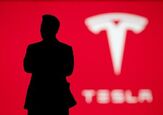

















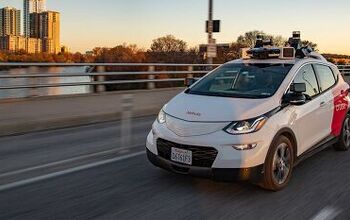
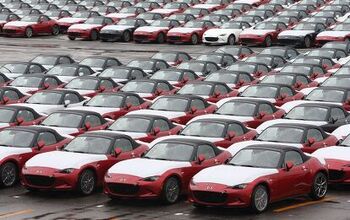


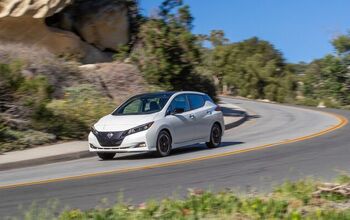
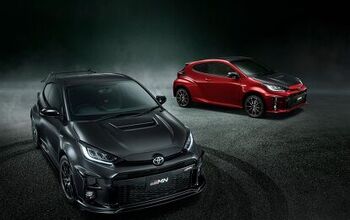


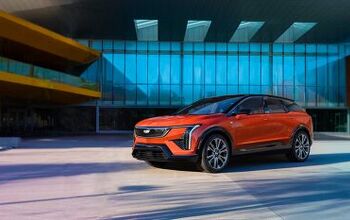

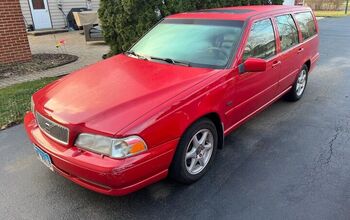



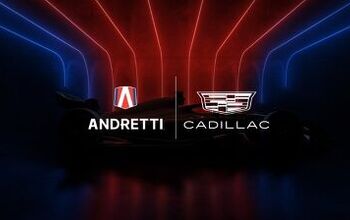

Comments
Join the conversation
Given Volvo's very low sales in the US, they might do well to market this engine family to other small mfrs so as to keep the lights on.
When premium cars scamper to and boast about turbocharging tiny engines for FE gains, isn't that solely due to government pressure? Because, who buys a new 35K+ vehicle and has to worry about gas money? Decades of skinflinting have assured that I am constitutionally incapable of entertaining such a possibility so I have no clue as to what is in the minds of those who do.